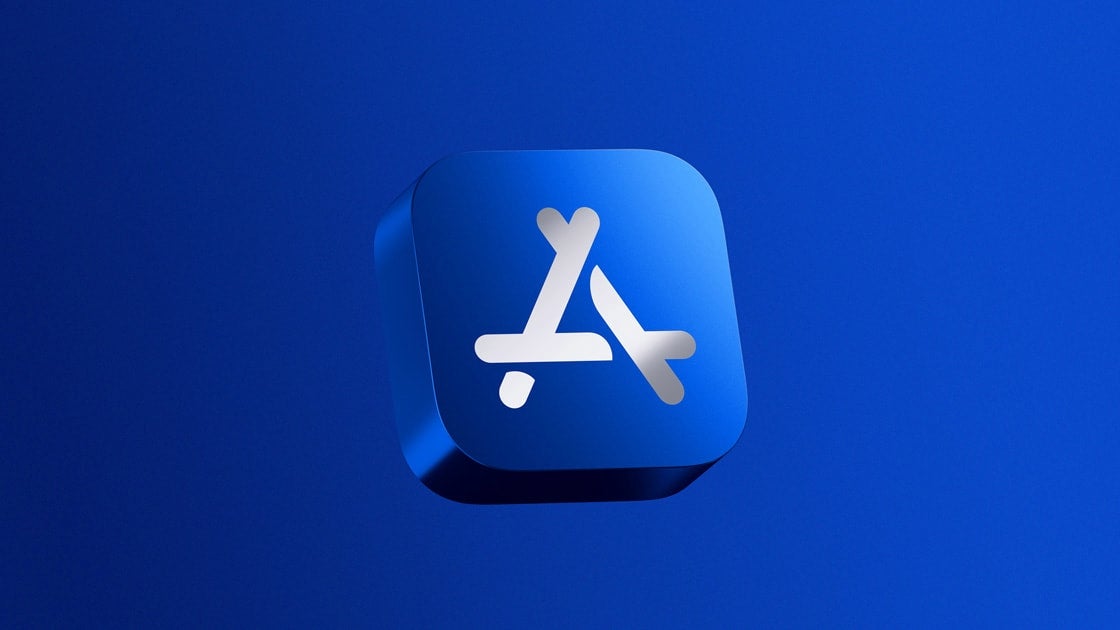
Huawei is set to produce 5G chips in spite of US sanctions and Huawei’s Kirin is among the world’s top 5 chipmakers, the short-video app with 170 million users nationwide, TikTok, could get banned in the USA, and Apple… Apple is making changes to the way it operates in the EU.
Thanks to the EU’s Digital Markets Act (DMA) Apple is introducing a new Web Distribution feature this spring, allowing developers to offer their apps for direct download from their websites. This means that iOS users in the EU can download apps without relying on the App Store.
Downloading and installing apps on the iPhone overseas, however, comes with an asterisk.
Here’s what Epic Games’ Tim Sweeney, whose feud with Apple over the App Store practices span for years now, has to say:
Congratulations to Apple leadership for designing the worst app installation experience in the history of computing! Because Apple designers are the world’s best, there’s no question that this abomination is a premeditated part of a malicious European DMA compliance strategy.
Congratulations to Apple leadership for designing the worst app installation experience in the history of computing! Because Apple designers are the world’s best, there’s no question that this abomination is a premeditated part of a malicious European DMA compliance strategy. https://t.co/zx4aZicdEA
— Tim Sweeney (@TimSweeneyEpic) March 12, 2024
Sweeney’s pillage is inspired by X/Twitter user @xroissance who explains the steps to download and install an app outside the App Store in the EU: “It takes 15 clicks to install an app from the web using the newly proposed Apple flow”
Here’s what it looks like (and what it feels like), according to the user:
- Visit the website for the download link. Click on a unique deep link.
- Encounter a warning about the unknown provider. Click “Learn More.”
- Navigate to an Apple support page for instructions.
- Find the “allow installation” section in settings.
- Encounter another warning screen.
- Use Face ID to proceed.
- Wonder where you were and go back to the browser.
- Tap “Install” again for the app.
- See a confirmation sheet; tap “Install.”
- Face another scare screen and confirm.
- Use Face ID again.
- Nothing seems to happen; you’re back on the website.
- Check your Home Screen and swipe to the last page.
- A new icon appears, not marked with a “New” bubble.
- Finally, launch the app.
The user suggests that this has been inspired by Dark Patterns. Such practices (Dark pattern UI), when applied to processes, deliberately make the interface harder to understand and navigate. Things are built or designed in a way that obfuscates or complicates the user’s ability to complete a task, often with the intent of deterring certain actions. This can include making it difficult to cancel subscriptions, opt out of services, or understand terms and conditions.Tim Sweeney isn’t happy at all about it and continues: “Apple forces users into rummaging around their device to find the buried settings needed to install the app. Compare this freak show of executive-mandated bad design to the App Store, where amazing designers make installs as easy as possible. I wish we’d see some investigative journalism here. What executive at Apple directed this monstrosity? What individuals designers were forced to implement it? How do they – who joined Apple to make fantastic products – feel about being made co-conspirators in violating the DMA?”
However, not everybody out there shares his feelings. Some say that they’re glad the app installation process takes this many steps because of “elderly people with iPhones”. X/Twitter @JinAxelLea user says:
No offense Mr. Sweeney, but the first 7 steps are one-time like Android.
Steps 12-15 are the same as well and act like a normal app store install anyways, without a progress bar in browser.
The big difference between Android and iPhone is the extra scare screen and face ID req— Alice (@JinAxelLea) March 12, 2024
#Dark #patterns #Apples #flow #takes #steps #Tim #Sweeney #calls #worst #app #installation #experience #history


